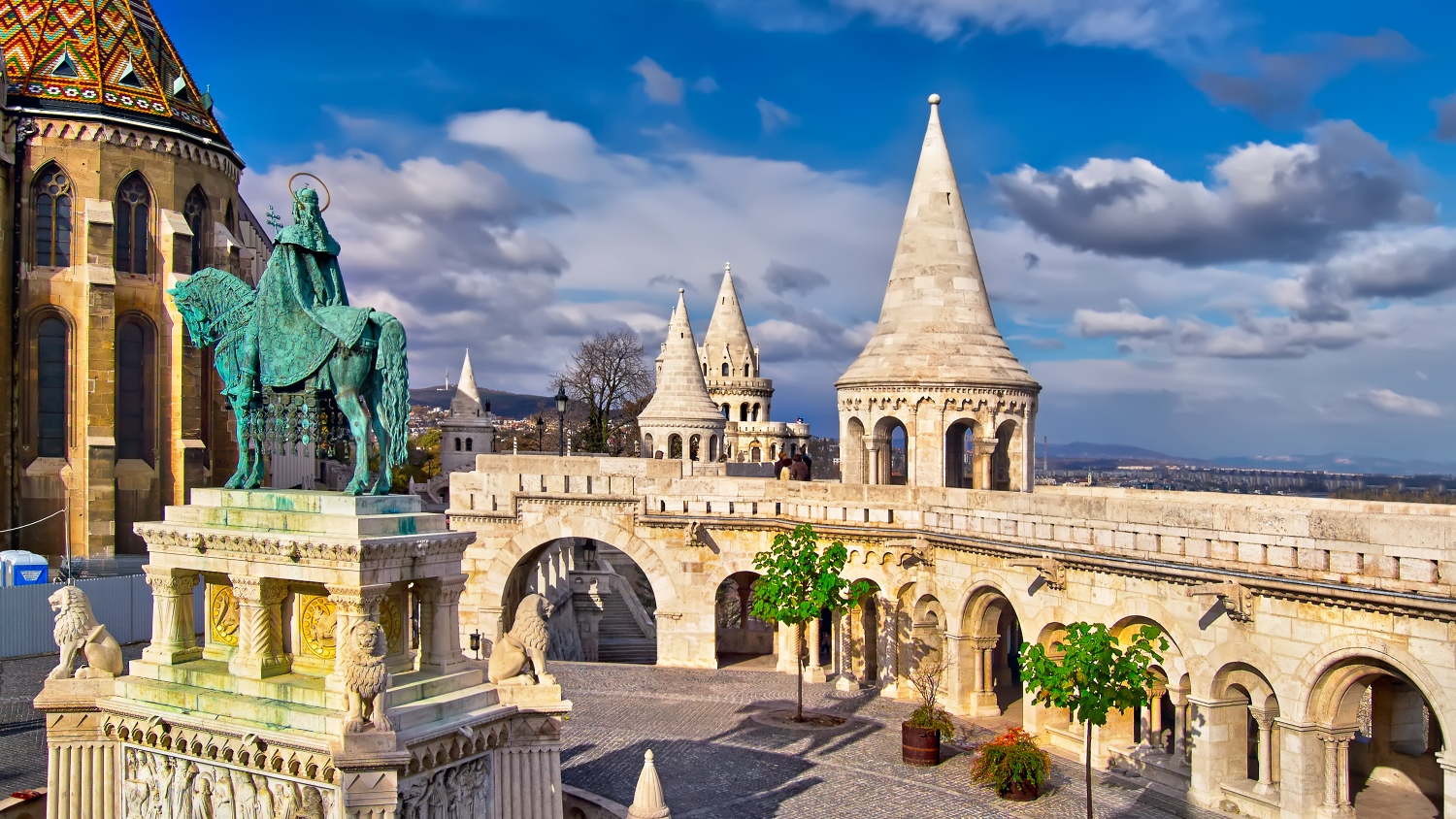Key findings:
- CEE hotel investment volume is expected to reach €800 million by the end of 2018.
- The biggest challenge is the lack of premium assets but this may soon change with owners realizing it is the right time to sell and harvest investments.
- The diversity of buyers’ origin is growing with 67% of total volume being a cross-border investment. Interest from institutional and listed investors rapidly increases.
- Only 42% of room stock within the CEE capitals is branded, international brands see opportunities in the market.
- The CEE market delivers new hotel concepts to answer the needs of millennials
- 3-4-star hotels account for nearly 60% of new supply.
Attracted by healthy demand and supply fundamentals across the key markets in the CEE region, strong performance growth and relatively low prices of hotel assets, investors continue to flock to the region. Over €400 million have been transacted during the first three quarters of 2018 and similar volume is expected to be transacted in a very strong last quarter ahead, with several major deals in advanced stages across the region. While this is a decline compared to a strong 2017, where the total volume reached over €900 million, it is notably above 2015 and 2016.
“Due to historical and political factors, the CEE hotels market has faced a 30-year catch-up with the West,” says Lukáš Hejduk, CMS Partner and Head of Hotels & Leisure in CEE. “This pace of change has been reflected in the rate of sector development and investment across the region. Despite investment volume contracting slightly in 2018, growth across the sector over the last five years has been remarkable, with 2019 set to be another strong year. There are still large amounts of capital looking for healthy returns - and hotels in CEE offer superior yields compared to many other regions in Europe or indeed other asset classes.”
Among the largest transactions are Sofitel Budapest Chain Bridge (€75 million) acquired by Starwood Capital and the purchase of Sheraton Prague (€42.5 million) by Norwegian company Wenaasgruppen. The acquisitions of Sugar Palace in Prague (adaptive re-use project into luxury lifestyle hotel) by UBM was also a notable deal.
Hospitality investment cycle to push new assets on the market
It is the stage of the cycle when the opportunistic and value-add investors are typically looking to sell their repositioned hotels to institutional investors with long-term holding investment strategy, seeking stable cash-flow generating assets. This leads to fundamental changes in the operating structure of hotels in the region with more hotels being operated under long-term leases, especially for the newly developed hotels.
“Hotels are currently moving from alternative to mainstream investments as investors get increasingly comfortable with the CEE becoming a maturing hotel market. The share of CEE-6 markets on total hotel investment volume in Europe has more than doubled since 2010, reaching approximately 4.5% in 2017. However, there is still lots of room to grow, considering that the region is capturing over 8% of nights spent across the continent and has nearly 10% of hotel room stock. We should, therefore, see transaction volumes over €2 billion each year. The main challenge of the region is the lack of quality and large hotel assets on the market. As price per room is exceeding pre-crisis levels and debt financing costs are increasing making us believe that yields are reaching the bottom, we should see more owners realizing it is the good time to sell and harvest their investment,” says Bořivoj Vokřínek, Partner, Strategic Advisory, Head of Hospitality Research, EMEA at Cushman & Wakefield.
Growing diversity of buyers
Recent years have seen a growing variety of investors acquiring assets across the region. During the first three quarters of 2018, the overall cross-border investment reached healthy levels, accounting for 67% of the total volume. However, there was a notable decline of investment from non-European countries, especially from Middle Eastern and Asian investors.
While private investors once dominated the market, Institutional and listed investors are playing an increasingly important role in the hotel investment market, accounting for 74% of total transaction volume in 2017 and 54% in the first three quarters of 2018.
Development
Moderately priced hotel tiers are experiencing the fastest growth with the majority of new openings across the CEE region being within the 3-4-star range of hotels. Together they account for nearly 60% of new supply.
Evolving customer needs, new trends and blurring lines
The changing consumer trends and evolution of accommodation concepts over recent years has resulted in a blurring of lines between traditional hotel classes. While historically ample public spaces, multiple Food & Beverage outlets and trendy designs featured primarily in Luxury and Upper-Upscale hotels, these features are now more commonly seen across the accommodation spectrum. There are also blurred boundaries between short-term and long-stay accommodation.
Millennials are increasingly key consumers within the hotel industry and have a range of expectations that investors and hotel operators need to consider.
“It is exciting to see the evolution of the CEE hotel market with a growing number of sophisticated investors and arrivals of new brands tailoring their concepts to the needs of new generations of travellers (affordable lifestyle hotels, soft-brands, a new generation of hostels and innovative serviced-apartments concepts). The relatively low brand penetration across the region provides space for expansion of innovative products and therefore present a tremendous opportunity for the CEE hospitality market to propel itself into a leading position as the most progressive market in Europe,” adds Bořivoj Vokřínek.




